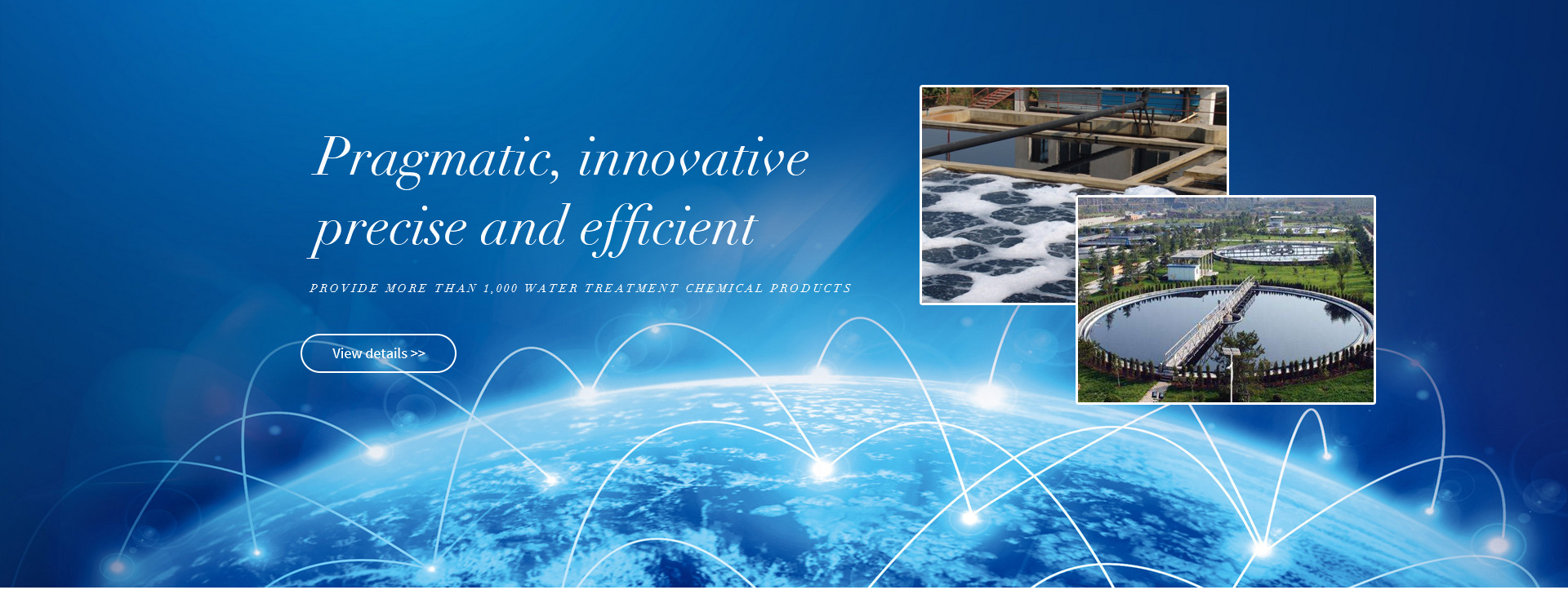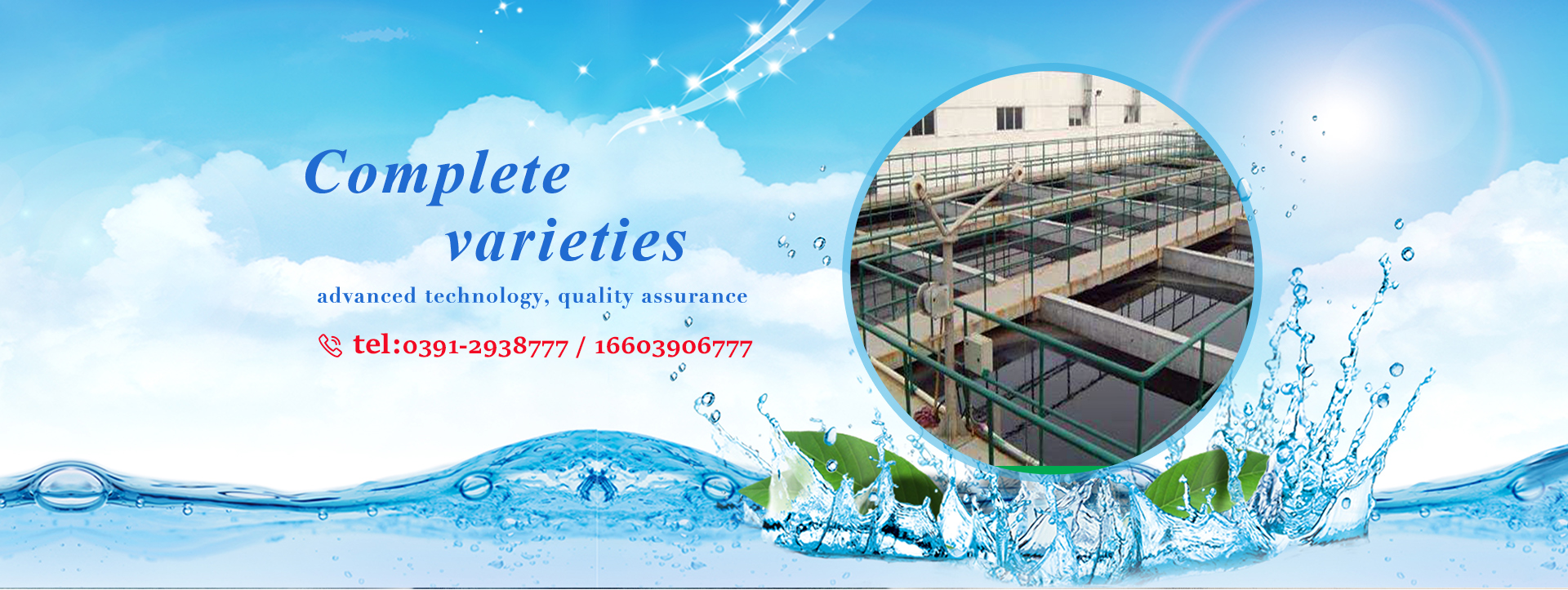Reduce the cost of defoamer for oil field water treatment
There are two treatment methods for the oily sewage of the oil production platform: one is to discharge the sea after the treatment of the water treatment defoamer reaches the discharge standard; the other is to treat the oily sewage to the quality of the injected water in the oil reservoir that needs to be injected with water. , Injected into the formation. Next, Wancheng will study the oily sewage after deep treatment and injection into the stratum to minimize pollution to the marine environment.
1. What is oily sewage
Oily wastewater is generally alkaline, with low hardness, low iron content, and high mineralization. According to the size of the oil particles, the oil in the water is divided into four types: the first is free oil, the diameter of the oil particles is greater than 50 μm; the second is the dispersed oil, the diameter of the oil particles is between 20 and 50 μm, and the oil beads are easy Separated from the sewage, the oil in this state accounts for 60% to 80% of the oil content of the sewage; the third is emulsified oil, the diameter of the oil particles is less than 20 μm, and forms an emulsion with water, which is an oil-in-water emulsion. This part of the oil is not easy to remove. It must be reversed to break the emulsion before it can be removed. Its content accounts for 10% to 15% of the oil content in the sewage. The fourth type is dissolved oil. The oil is dissolved in water in a molecular state. The diameter of the oil particles cannot be measured. , The solubility of oil in water is very small, 5 ~ 15 mg/L, this part can not be removed, it accounts for 0.2% ~ 0.5% of the sewage content. According to different types of oil layers, the water treatment defoamer to be added is also different.
2. The principle of oil-water separation
We have to figure out how to separate the oil and water, so that we can choose the appropriate defoamer for oil and water separation. To separate oil from oily sewage, there are three separation methods for different oil particle diameters:
The first method is to use the difference in density between oil and water for oil particles with a diameter greater than 50 μm. Under the action of water buoyancy, the oil particles float up to the surface of the oil collecting equipment to separate the oil and water, and the speed of the oil particles floating up Can be calculated using Stoke's law. According to the formula of Stoke's law, the following conclusion can be drawn: the larger the size of the oil droplet, the larger the square of its diameter, so the higher its rising speed, that is, the larger the size of the oil droplet, the higher the surface of the collection surface. The shorter the time required, the easier the separation of oil and water; the greater the relative density difference between the oil droplet and the water phase, the greater the vertical rise rate of the oil droplet, the lighter the oil, the easier the water to handle; the higher the temperature The lower the viscosity of the water, the higher the vertical movement speed of the oil droplets, so it is easier to process at a higher temperature than when the temperature is low. For example, the sloping plate oil separator often used on the platform uses this principle to separate oil and water.
The second method is to disperse oil with a smaller particle size. Because the particle size of the oil particles is smaller and the floating speed is slower, the oil particles are separated from the water by external force. Like hydrocyclone, hydrocyclone uses centrifugal force to separate oil and water.
The third method, filtration, actually absorbs oil to the filter medium. For example, a walnut shell filter can separate dispersed oil and emulsified oil from water. In order to improve the efficiency of oil recovery, chemical agents are often added upstream of the equipment.
3. Current oilfield wastewater treatment plan
The determination of oily sewage treatment process mainly depends on the density of oil and the requirements after treatment. According to the water quality standards required after sewage treatment, combined with the area of ??the sea space to select an economical and suitable oil field water treatment defoamer.
At present, oily sewage has become the main source of water injection in oil fields. For this water quality, the above-mentioned advanced treatment process of oily sewage can achieve the desired treatment effect. The effect of sewage treatment also depends on the defoamer selected, so it is also important to strengthen the development of low-cost supporting special defoamers for sewage; at the same time, in order to improve the quality of the treated water, the oilfield sewage treatment process must be treated with other sewage treatment. Use a combination of methods.









